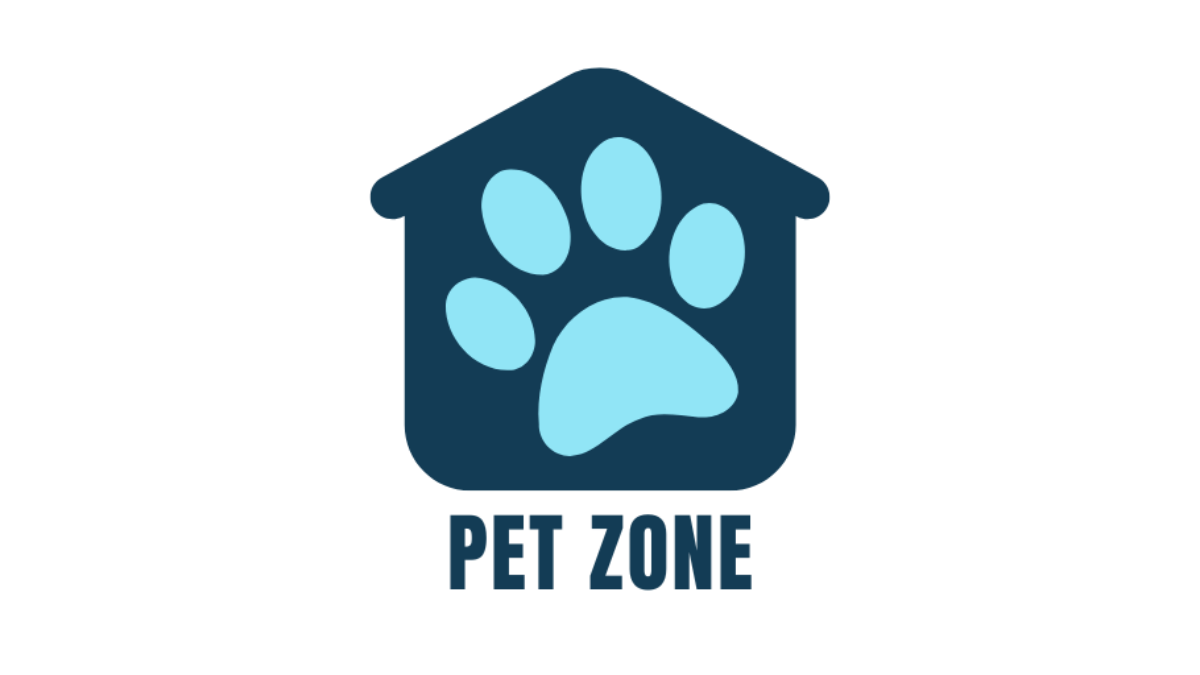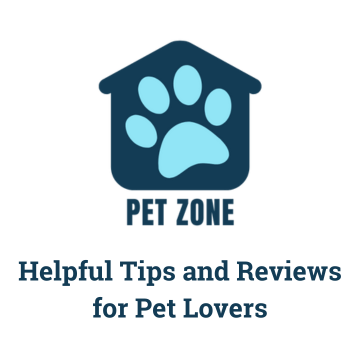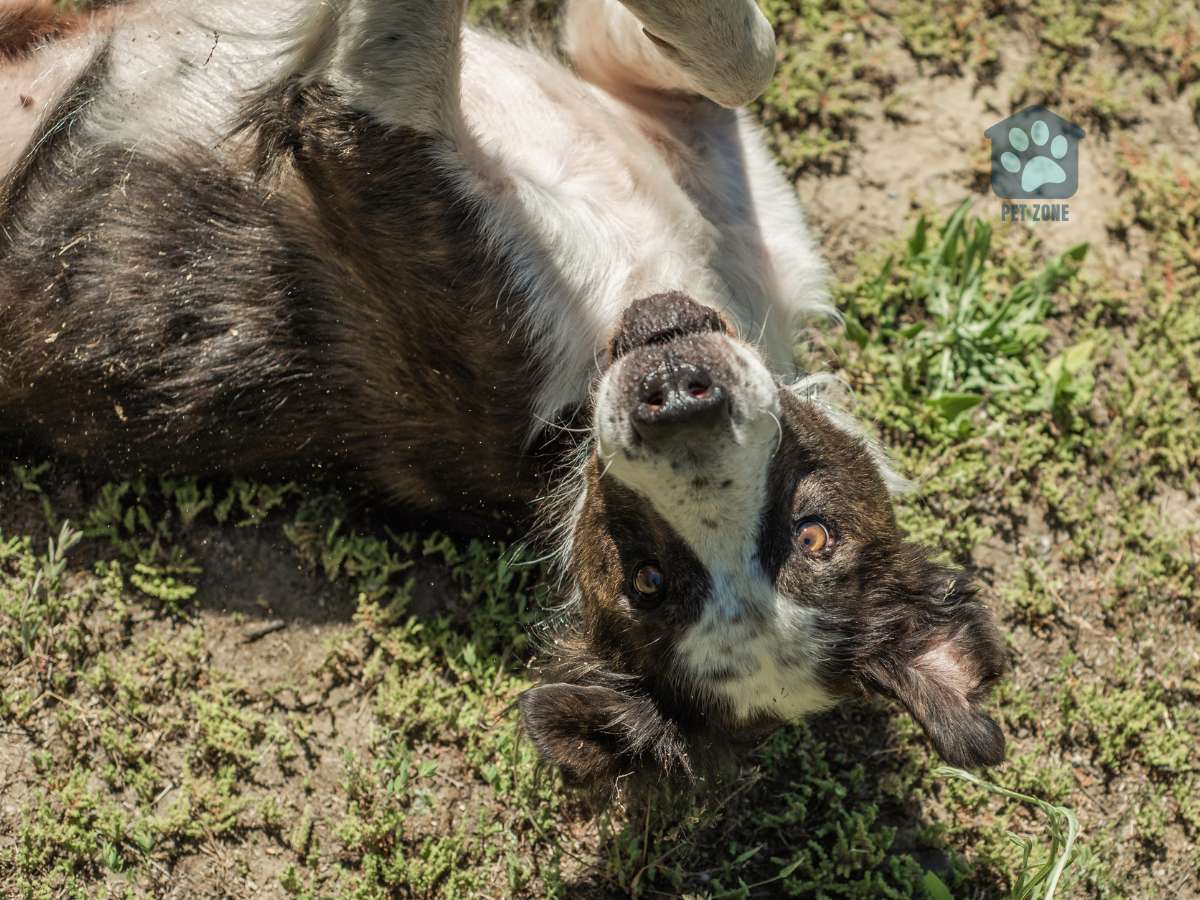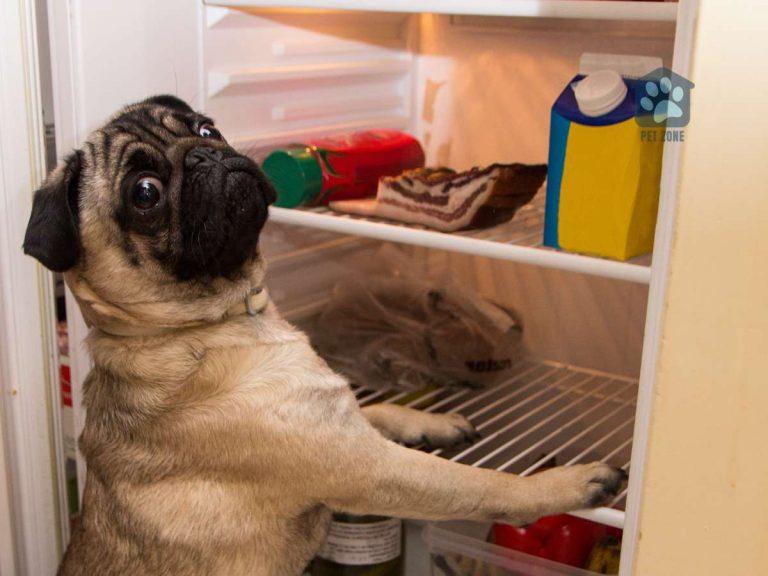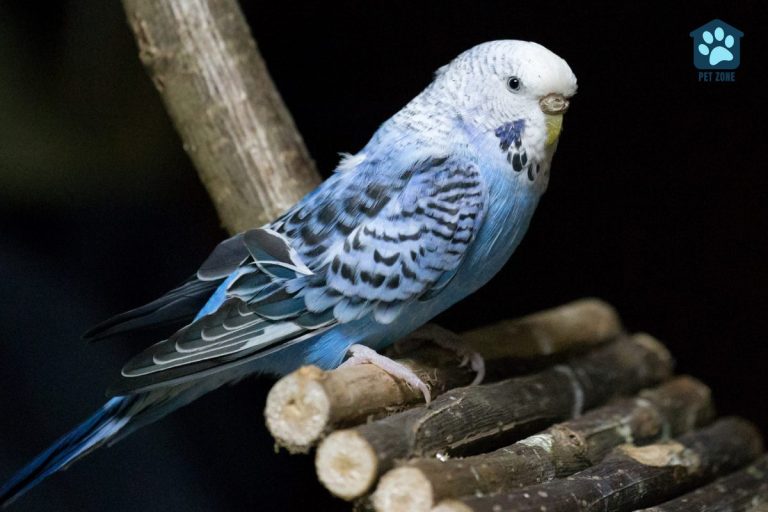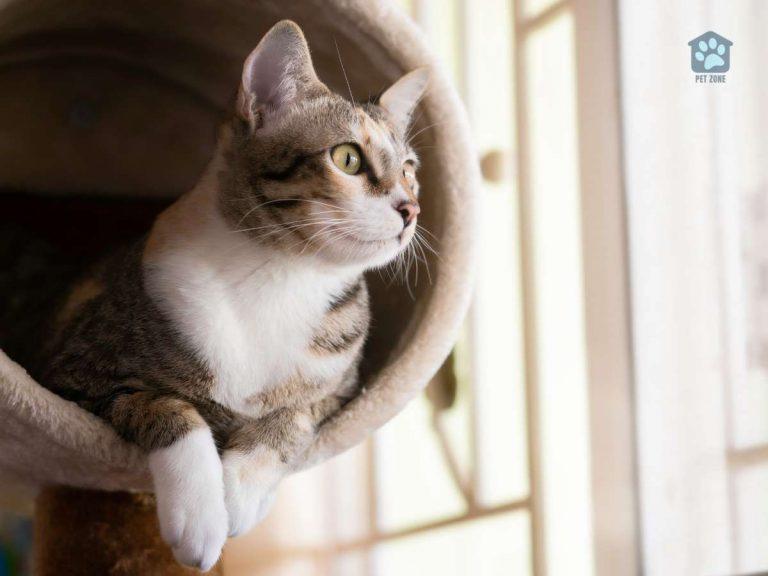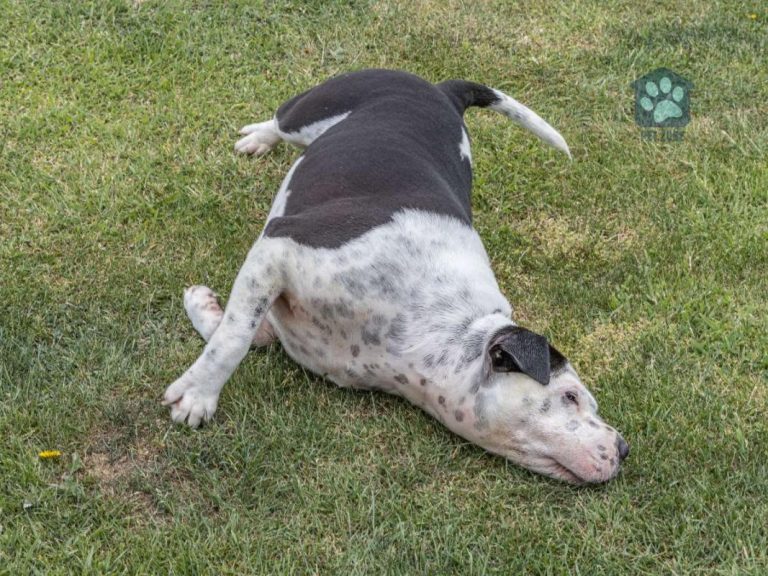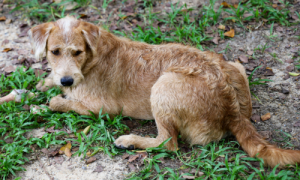Estimated reading time: 9 minutes
Imagine this: You’ve just given your dog a bath, and now he’s looking adorably clean and fluffy. You decide to let him out in the yard for a bit, and the next thing you know, he’s rolling around in the dirt like there’s no tomorrow.
Almost every dog owner has faced this muddy predicament at some point. In this article, we’ll dig into the reasons behind this baffling behavior and uncover how you can manage your dog’s dirt-rolling antics without losing your sanity.
Key Talking Points
Common Reasons Why Dogs Roll in the Dirt
Let’s examine some common reasons that might prompt your dog to engage in this behavior. From cooling down to being attracted to various smells, there are several factors that can influence your dog’s decision to roll around.
Ancestral Behavior
Dogs, like wolves, are descendants of a common ancestor. In the wild, wolves often roll in the dirt and other substances to mask their scent. This is a survival tactic, as a less noticeable scent can be advantageous when hunting prey or avoiding predators. Similarly, when your dog rolls in the dirt, it might be channeling its inner wolf. Understanding this connection can help every dog owner appreciate the deep-rooted instincts that drive their pets.
Scent Masking
One of the primary reasons dogs roll in the dirt is to mask their scent. Smelling like the environment rather than a predator is beneficial in the wild. Your clean dog might roll in the dirt to acquire a more natural, earthy smell, especially after a nice bath. This behavior is not just about masking their own scent but also about picking up new ones. Dogs love to smell something other than themselves, and the dirt could be full of intriguing scents.
Communication
Another fascinating aspect of this behavior is how dogs communicate with other dogs through scents. By rolling in the dirt, your dog might pick up smells it wants to bring back to other dogs. This is a way for them to share information about their environment. It’s also possible that your dog is trying to leave its scent in the dirt for another dog to find. In a way, the dirt acts as a message board for dogs, where they can leave and pick up scents.
Cooling Down
On a hot day, the dirt might be cooler than the surrounding air, and your dog could be rolling in it to lower its body temperature. This is especially true if the dirt is in the shade or slightly damp. Just as humans might seek a cool spot on a hot day, dogs also look for ways to stay comfortable in the heat.
Relieving an Itchy Back
Dogs can’t reach every spot on their bodies, and an itchy back might be relieved by rolling around in the dirt. The texture of the dirt could provide a scratching surface for areas dogs can’t reach with their paws or mouth. If your dog seems particularly focused on one area while rolling, it might be trying to relieve an itch.
However, beyond just scratching, the dirt might also provide a form of comfort. For dogs with sensitive skin, the coolness of the dirt can be soothing. If you notice your dog rolling in the dirt frequently, it’s worth considering whether itchy skin or discomfort might be the cause and consulting a veterinarian for advice.
Attraction to Smells
Dogs have an incredibly keen sense of smell, and they are often attracted to scents that humans might find repugnant. From another dog’s poop to decaying leaves, the smells in the dirt are like a treasure trove for your dog. Rolling in stinky dirt allows them to cover themselves in these smells. While this might seem gross to us, for dogs, it’s a way to engage with their environment.
Playfulness
Sometimes, the reason for rolling in the dirt is as simple as it is fun for the dog. The sensation of rolling and rubbing their back on dirt can be enjoyable and stimulating. Dogs, especially when they are young, are playful creatures and will often take any opportunity to roll around and have fun. If your dog gets excited and playful before rolling in the dirt, this might be the reason.
Rolling in the Grass or Mud
In addition to dirt, many dogs roll in the grass or mud. This can be for similar reasons, such as liking the smell or finding it enjoyable. However, rolling in the grass or mud can also be a way for the dog to clean itself or relieve irritation from allergies.
Understanding the various reasons why your dog might roll in the dirt can help you better manage this behavior and ensure that your dog is happy and healthy. It’s also important to remember that while this behavior is natural, it’s essential to keep an eye on it to ensure it doesn’t lead to any health issues.
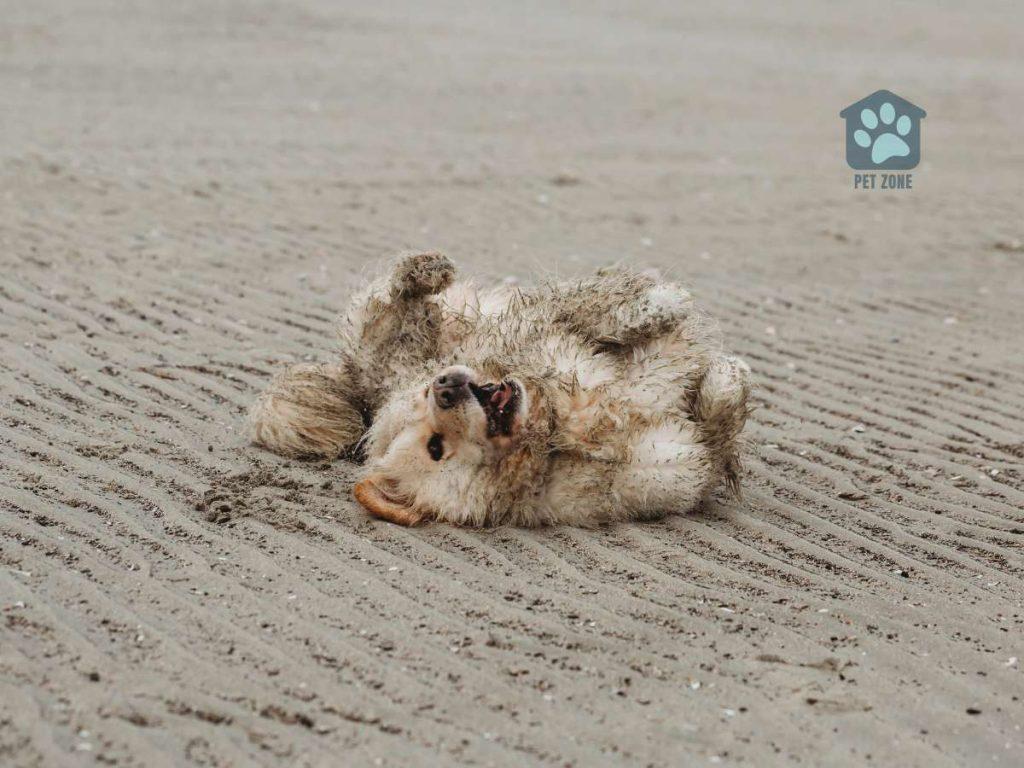
Potential Health Concerns
While rolling in the dirt can be a natural and sometimes harmless behavior for dogs, it’s important for dog owners to be aware of the potential health concerns associated with this activity. From parasites to allergies, let’s explore some of the risks that come with your dog’s love for rolling in the dirt.
Parasites
One of the primary concerns with dogs rolling in the dirt is the risk of picking up parasites such as fleas and ticks. These parasites can latch onto your dog’s fur and skin, causing discomfort and potentially transmitting diseases. It’s important to regularly check your dog for any signs of parasites, especially after it has been rolling in the dirt.
Allergies
For dogs with sensitive skin or allergies, rolling in the dirt might exacerbate their condition. The dirt could contain allergens such as pollen or mold that can cause your dog to itch or develop rashes. If you notice your dog scratching more than usual after rolling in the dirt, it might be a sign of an allergic reaction.
Skin Infections
The dirt isn’t always clean and can sometimes contain bacteria or other harmful microorganisms. If your dog has any cuts or abrasions, rolling in the dirt could introduce these microorganisms to the wounds, leading to infections. It’s important to keep an eye on your dog’s skin and consult a veterinarian if you notice any unusual redness, swelling, or discharge.
Rolling in Poop or Other Smelly Things
As mentioned earlier, dogs are often attracted to strong smells, which unfortunately can include poop or other smelly substances. Rolling in these materials is not only unpleasant for the dog owner but can also pose health risks to the dog, especially if the substances are contaminated with harmful bacteria.
Bath Time Challenges
If your dog likes to roll in dirt right after a bath, it might be challenging to keep them clean. This can be particularly problematic in the rainy season when the dirt turns to mud. A muddy dog can bring dirt and moisture into the house, which can be unhygienic and lead to the growth of mold or mildew.
Being aware of these potential health concerns is crucial for every dog owner. Regular grooming, parasite prevention measures, and monitoring your dog’s skin health are essential steps in ensuring that your dog can enjoy rolling in the dirt without compromising its well-being.
How to Manage Your Dog’s Dirt-Rolling Behavior
Now that we understand the reasons behind and the potential health concerns of your dog rolling in the dirt, let’s discuss how you can manage this behavior. While it’s a natural instinct for dogs, there are ways to ensure it doesn’t become a problem for you or your pet.
Training and Commands
Training your dog to respond to commands is an effective way to manage their dirt-rolling behavior. Using commands like “leave it” or “come” can be helpful to stop your dog from rolling in the dirt. It’s important to start training early and be consistent. Positive reinforcement, such as treats and praise, can be very effective in training your dog to stop rolling in the dirt.
Regular Grooming
Keeping your dog clean through regular grooming is essential. Not only does it help in reducing the attraction to roll in the dirt, but it also helps in checking for any parasites or skin issues. If your dog has an itchy back or skin irritation, bathe your dog using a mild dog shampoo recommended by your veterinarian.
Safe Play Areas
Creating a designated play area in your yard that is free from dirt or using indoor play options can reduce the opportunities for your dog to roll in the dirt. Ensure that the play area is engaging with toys and is safe for your dog to play in.
Distract and Redirect
If your dog is about to roll in the dirt, try to distract them with a toy or call them over for a treat. Once you have their attention, redirect them to a different activity. This can be an effective way to break the habit over time.
Consult a Veterinarian
If you suspect that your dog is rolling in the dirt due to skin issues or allergies, it’s best to consult a veterinarian. They can provide guidance and treatment options to address the underlying issues that may be causing this behavior.
Understand and Accept
Finally, it’s important for dog owners to understand and accept that rolling in the dirt is a natural behavior for dogs. While it’s good to manage and monitor this behavior, it’s also important not to punish your dog for following its instincts. Positive reinforcement and understanding are key.
Conclusion
Understanding why your dog loves rolling in the dirt and how to manage this behavior is essential for every dog owner. By being aware of the natural instincts, and potential health concerns, and employing effective management strategies, you can ensure a happy and healthy life for your furry friend.
Please share your experiences and tips in the comments section below!
As an Amazon Associate I earn from qualifying purchases.
